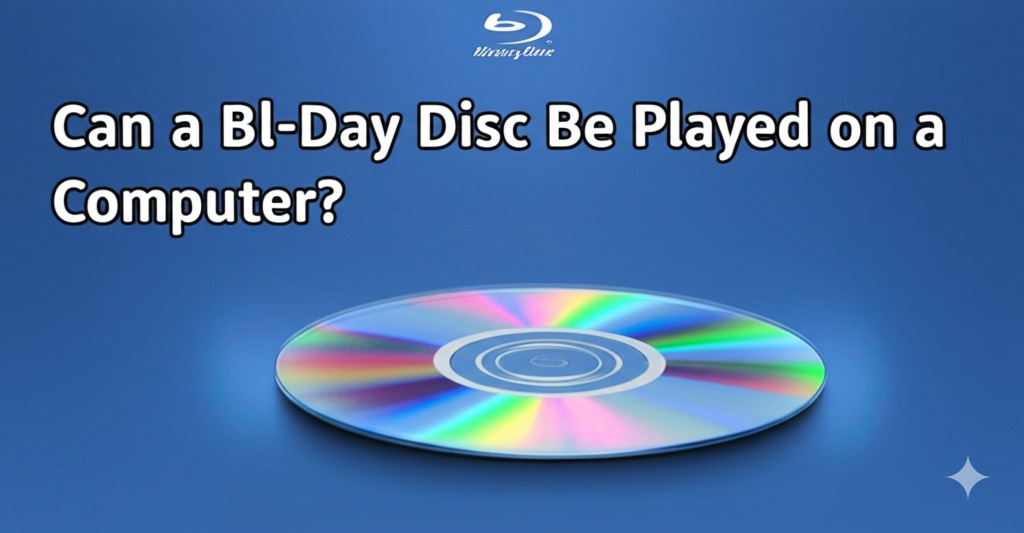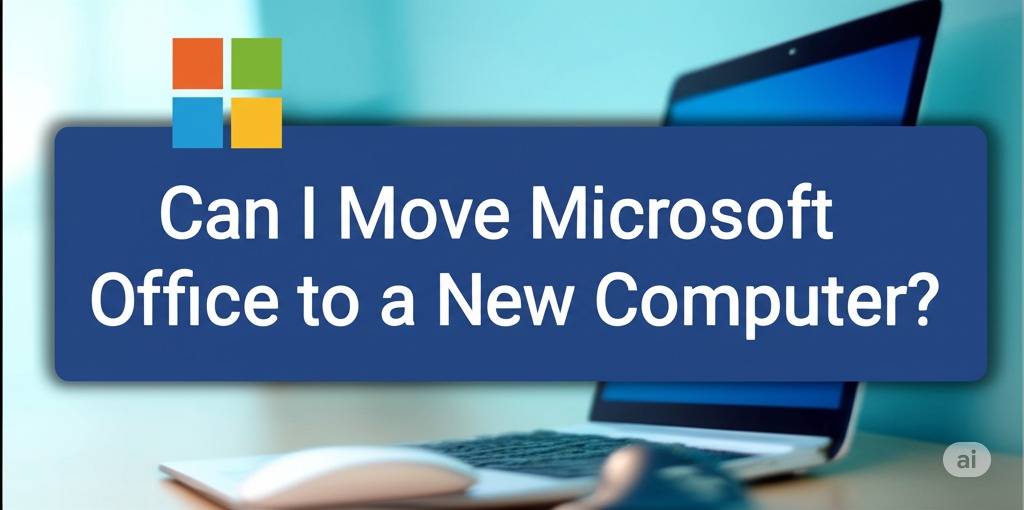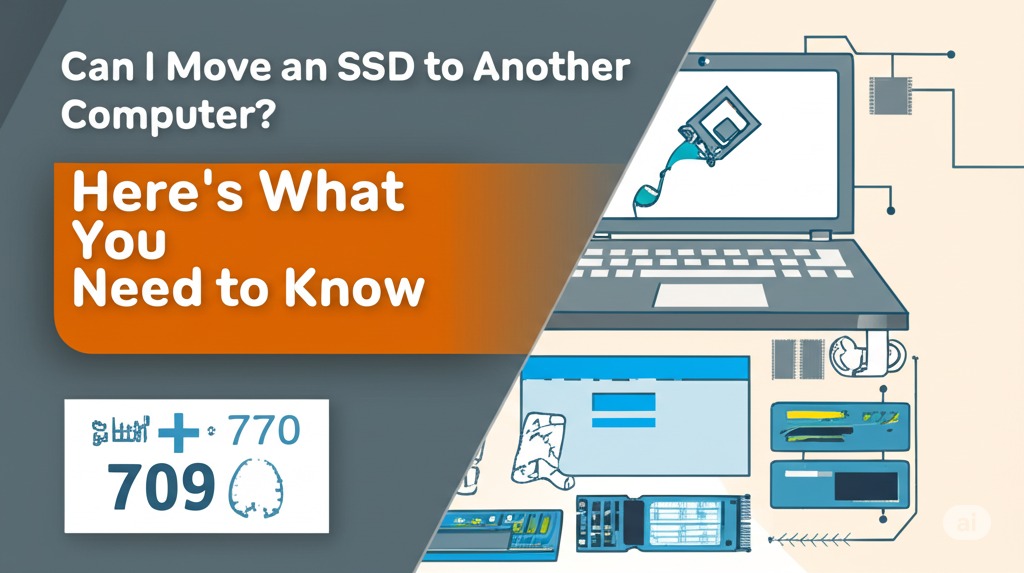In the digital age, Blu-ray discs still offer high-quality video and audio, making them a popular choice for movie lovers and home theater enthusiasts. However, with the rise of streaming services and digital downloads, many wonder if they can still enjoy their Blu-ray collections on a computer. If you’ve found yourself asking, Can a Blu-ray disc be played on a computer?, you’re in the right place. In this article, we’ll explore everything you need to know about playing Blu-ray discs on your computer, including the hardware and software requirements, the best methods, and some troubleshooting tips. Let’s dive in!
What is a Blu-ray Disc?
Before we explore how to play Blu-ray discs on your computer, it’s essential to understand what a Blu-ray disc is.
Blu-ray discs (BD) are optical storage mediums that hold much more data than standard DVDs. Typically used for high-definition video, Blu-rays can store up to 50 GB of data (double-layer discs), making them ideal for HD movies, 4K content, and games. They deliver superior audio and video quality compared to traditional DVDs.
Do You Need Special Hardware to Play a Blu-ray Disc on a Computer?
To play a Blu-ray disc on your computer, certain hardware components are necessary. Without the right equipment, you won’t be able to enjoy the full Blu-ray experience.
1. Blu-ray Drive
Not all computers come equipped with a Blu-ray drive. Most desktops and laptops come with standard DVD or CD drives, which can’t read Blu-ray discs. To play a Blu-ray on your computer, you’ll need to have a Blu-ray drive. Some external Blu-ray drives are available if your computer doesn’t have one built-in.
2. Sufficient Storage
While the Blu-ray disc itself holds a lot of data, your computer must have enough free space to accommodate the software you’ll use to play the disc and potentially any data it needs to temporarily store during playback.
3. HDMI or Display Capabilities
If you want to experience Blu-ray quality on a large screen, ensure your computer has HDMI output or can connect to an external display that supports HD or 4K resolution.
What Software Do You Need to Play Blu-ray Discs on a Computer?
Even if you have the right hardware, you still need the appropriate software to play Blu-ray discs on your computer. Unlike DVDs, Blu-ray discs require specialized software due to their advanced features, such as HD video and interactive menus.
1. Blu-ray Playback Software
You can’t just pop a Blu-ray disc into your computer and expect it to play like a DVD. To view Blu-ray content, you’ll need a third-party media player or software. Some popular options include:
- CyberLink PowerDVD: One of the most well-known Blu-ray players, offering support for both 1080p and 4K video.
- VLC Media Player (with a Blu-ray plugin): VLC can play Blu-rays if you install the proper library and configure it correctly, making it a free alternative.
- Leawo Blu-ray Player: A free Blu-ray player for Windows and Mac that supports high-definition video playback.
Most of these programs also allow you to create playlists, skip scenes, or choose different languages, just like a physical Blu-ray player.
2. Codec Packs (Optional)
For additional compatibility, some codec packs like the K-Lite Codec Pack may be needed to decode the high-quality audio and video streams on Blu-ray discs. These are typically more necessary for older or less common software players.
Can You Play 4K Blu-ray Discs on Your Computer?
With the rise of 4K content, you might wonder if it’s possible to play 4K Blu-ray discs on your computer. The short answer is yes, but there are several important factors to keep in mind:
- 4K Blu-ray Drive: Ensure that your Blu-ray drive is 4K-capable. Not all drives can read 4K UHD Blu-rays, so you’ll need one that supports this higher resolution.
- Graphics Card: A powerful GPU capable of rendering 4K content is essential for smooth playback. Make sure your computer’s graphics card supports 4K video output.
- Software: Not all Blu-ray playback software supports 4K video. Check the specifications of your chosen software to ensure it can handle 4K Blu-rays.
How to Play a Blu-ray Disc on Your Computer
Now that you have the hardware and software set up, here’s how to start playing your Blu-ray disc:
- Insert the Blu-ray Disc: Put the Blu-ray disc into your Blu-ray drive.
- Open the Software: Launch your Blu-ray playback software, such as PowerDVD or VLC Media Player.
- Select the Disc: In the software, select your Blu-ray drive and begin playback.
- Adjust Settings: Customize playback settings, such as subtitles, language, and video quality, to suit your preferences.
- Enjoy the Movie: Sit back, relax, and enjoy your Blu-ray movie on your computer!
Troubleshooting Tips
If you’re having trouble playing Blu-ray discs on your computer, here are a few tips to help you troubleshoot common issues:
- Check Your Hardware: Ensure that your Blu-ray drive is properly installed and recognized by your computer.
- Update Drivers: Outdated drivers for your Blu-ray drive or graphics card could cause playback issues. Make sure all drivers are up to date.
- Software Conflicts: If your Blu-ray playback software isn’t working, try using a different program or reinstalling the software.
- Region Codes: Some Blu-ray discs are locked to specific regions. If your disc is from a different region, you might need software that supports region code switching.
Conclusion
In conclusion, yes, you can play a Blu-ray disc on a computer, but it requires specific hardware and software. You’ll need a Blu-ray drive, the right playback software, and potentially some additional tools like codec packs. Whether you want to watch movies in stunning HD or explore the latest 4K content, it’s entirely possible to enjoy Blu-ray discs on your PC.
If you’re ready to experience Blu-ray quality on your computer, make sure to set up the proper components, choose your preferred software, and follow the steps outlined here. Happy watching!

Caleb Carlson is a contributing writer at Computer Site Engineering, specializing in computer technology, software trends, and hardware innovations. His articles simplify complex tech topics, making them accessible to readers of all levels.





